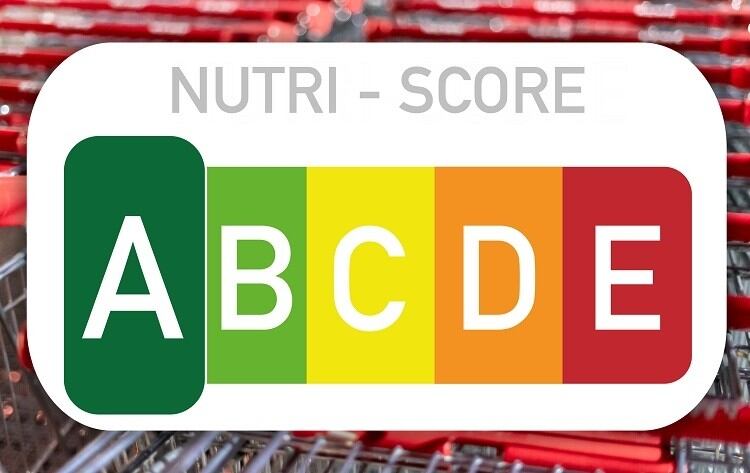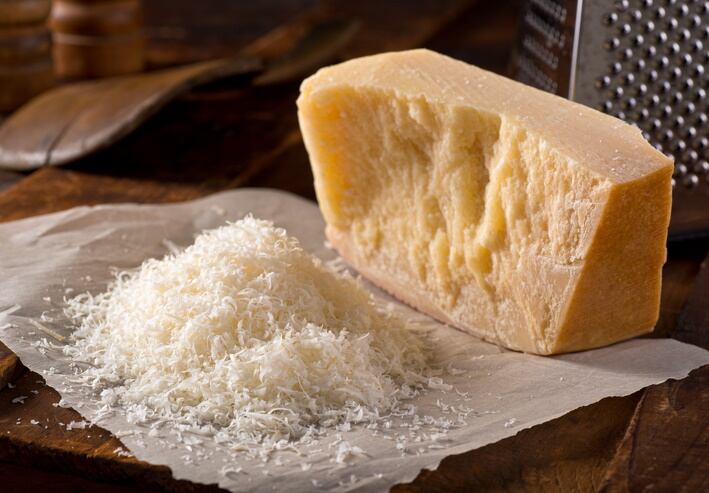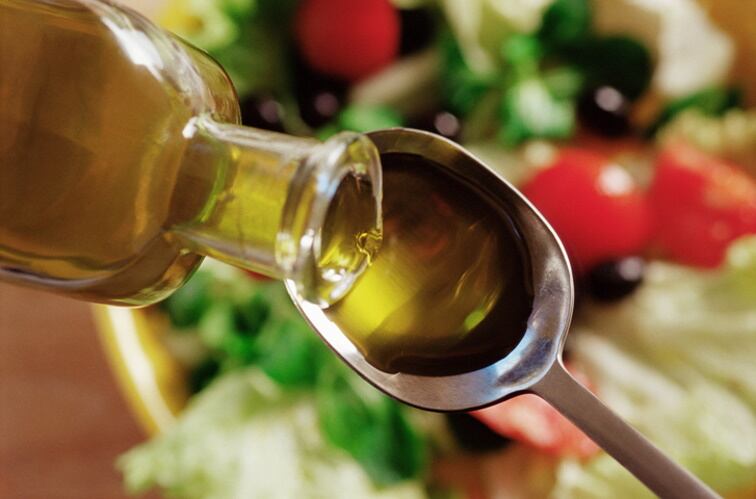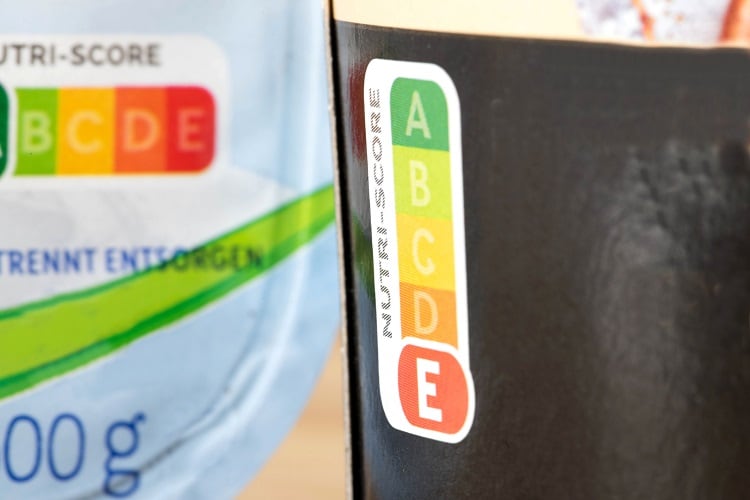The research, published in the British Medical Journal, looked at a large cohort of more than 22,000 people participating in the Moli-sani Study. They were followed for 12 years, during which time their health status and eating habits were monitored, taking into account both nutritional quality and processing levels.
The study – carried out by the Department of Epidemiology and Prevention at the I.R.C.C.S. Neuromed of Pozzilli in collaboration with the University of Insubria in Varese and Como, the University of Catania and the Mediterranea Cardiocentro of Naples - found the Nutri-Score and NOVA classifications, which focus on nutritional content and processing methods respectively, were independently associated with ‘all cause’ and cardiovascular mortality.
However, part of the excess mortality risk associated with a nutrient-poor diet, as defined by Nutri-Score rankings, were ‘significantly explained’ by a higher degree of food processing. Meanwhile, ultra-processed food intake remained associated with higher mortality risk even after the poor nutritional quality of the diet was accounted for, they concluded.
"Our results confirm that the consumption of both nutrient-poor or ultra-processed foods independently increases the risk of mortality, in particular from cardiovascular diseases. However, when we jointly took into account both the overall nutritional composition of the diet and its degree of processing, it came out that the latter aspect was paramount to define the risk of mortality,” explained Marialaura Bonaccio, epidemiologist of the Department of Epidemiology and Prevention at the IRCCS Neuromed of Pozzilli and first author of the study.
“Actually, over 80% of the foods classified as unhealthy by the Nutri-Score are also ultra-processed. This suggests that the increased risk of mortality is not due directly (or exclusively) to the poor nutritional quality of some products, but rather to the fact that these foods are mostly ultra-processed,” he argued.

The tussle over Nutri-Score
The Italian scientists say their findings should be used to inform dietary guidelines and labelling requirements to support public health by paying more attention to the degree of processing of foods along with nutrient based recommendations.
“It is estimated that one in five deaths in the world is due to unhealthy diets, for a total of 11 million deaths a year,” stressed Augusto Di Castelnuovo, researcher at the Mediterranean Cardiocentro in Naples. “This is why improving eating habits is at the top of the priority list of public health agencies and governments around the world.”
One way to help people make healthier dietary choices is through front-of-pack labelling. Various systems are already used on a voluntary basis in some European countries and the European Commission is currently working to develop a harmonised and mandatory scheme that will apply to all Member States in the EU.
At least seven Member States have adopted Nutri-Score, which was developed in France, as their national voluntary labelling scheme. It has also secured the backing of food and beverage heavyweights Nestlé, Danone, and Kellogg, among others. This system calculates the nutritional quality of a food based on the content of fat, salt, fibre and other nutrients. This is communicated to consumers through a five-colour scale (from dark green to dark orange) associated with letters, from A to E.
However, it has come up against strong opposition from the Italian authorities, who argue Nutri-Score unfairly discriminates against the country’s single-ingredient traditional delicacies, such as olive oil, Parma ham and Parmigiano cheese.
Wading into the debate, the Italian researchers noted Nutri-Score is viewed as the ‘given favourite’ for an EU-wide methodology. However, 'nutritional composition is not the only factor to take into consideration when looking at diet-health relationship', they insisted.
While the research was partially funded by the Italian Ministry of Health, the paper detailed the funders had ‘no role’ in the study design or in the collection, analysis, or interpretation of data, the writing of the report, or the decision to submit the article for publication. “All authors were and are independent from the funders.”

Ultra-processed foods can get green under Nutri-Score system
Giuseppe Grosso, associate professor at the University of Catania, highlighted that a number of highly processed products are able to gain good Nutri-Score rankings by tweaking their nutritional profile through reformulation strategies. These items nevertheless remain classified as ultra-processed food and beverages. “This is the case, for example, of some beverages which, despite having a reduced sugar content, thus being adequate on a nutritional level, so as to earn a letter B in the Nutri-Score, are in fact highly processed. Or even some types of yogurt and cold desserts that are low in fat although containing a full-bodied list of food additives,” Grosso noted.
Because their research concludes processing is the 'paramount' marker of mortality risk, the study authors believe that Nutri-Score is not the optimal way to communicate the healthfulness of products. In fact, any labelling system that fails to take processing into account does not offer a wholistic health message, according to Licia Iacoviello, Director of the Department and Professor of Hygiene at the University of Insubria in Varese and Como.
Pointing to the NOVA classification, which was developed in Brazil, the researchers noted it specifically identifies so-called ultra-processed foods, those foods made in part or entirely with substances not routinely used in the kitchen (hydrolysed proteins, maltodextrins, hydrogenated fats, etc.) and which generally contain various additives, such as dyes, preservatives, antioxidants, anti-caking agents, flavour enhancers and sweeteners. “This category includes the usual suspects: sugary and carbonated drinks, pre-packaged baked goods and spreads. But also, apparently innocent products must be regarded as ultra-processed. It is the case of rusks, some breakfast cereals, crackers and fruit yoghurt,” they said.
According to the NOVA system, a slice of unprocessed meat is healthier than a vegan hamburger because it has not undergone industrial manipulation and possibly does not contain food additives, while the latter is the result of an articulated industrial processing at the end of which the percentage of whole food is negligible.
“The goal of helping people make healthier food choices is certainly a priority. However, the Nutri-Score, as well as other labelling systems, developed in Italy and in other countries, only partially transfer the message aimed at improving food choices. While the letters and colours of the Nutri-Score may help to quickly compare products belonging to the same category, allowing people to choose the best one from a nutritional point of view, they do not provide any indication on food processing degree. This is why we believe, in agreement with other researchers worldwide, that every nutritional labelling system should be integrated with information regarding the level of processing,” Iacoviello commented.

So, if not Nutri-Score, then what? A weakness common to ‘all’ front-of-pack labelling systems is that they isolate a single food from the overall diet, suggested Giovanni de Gaetano, President of the IRCCS Neuromed in Pozzilli.
He is an advocate of the traditional Mediterranean diet for optimal health outcomes. “To really improve nutrition, we should go back to the ancient lesson of the Mediterranean diet, which is a lifestyle characterized by a wise choice of foods and the way to combine and consume them. It is not a shopping list, but it reflects a century-old history that risks disappearing if we consider food as atoms that do not communicate with each other.
“We must also remember that the diet of Mediterranean people is mainly based on fresh or minimally processed products. Therefore, an effective preventive strategy should pay attention also to industrial processing which, if excessive, represents a documented threat to our health."
Source
'Joint association of food nutritional profile by Nutri-Score front-of-pack label and ultra-processed food intake with mortality: Moli-sani prospective cohort study'
BMJ
doi: https://doi.org/10.1136/bmj-2022-070688Shh




